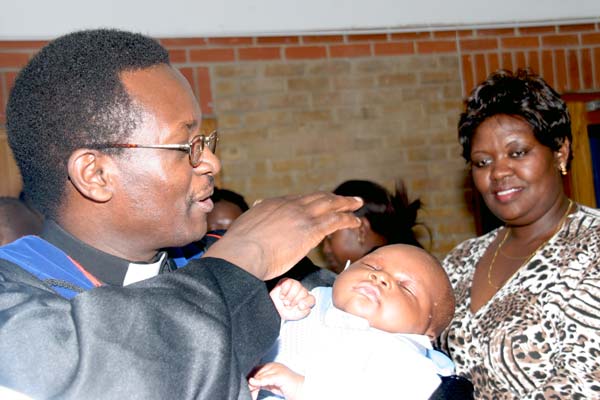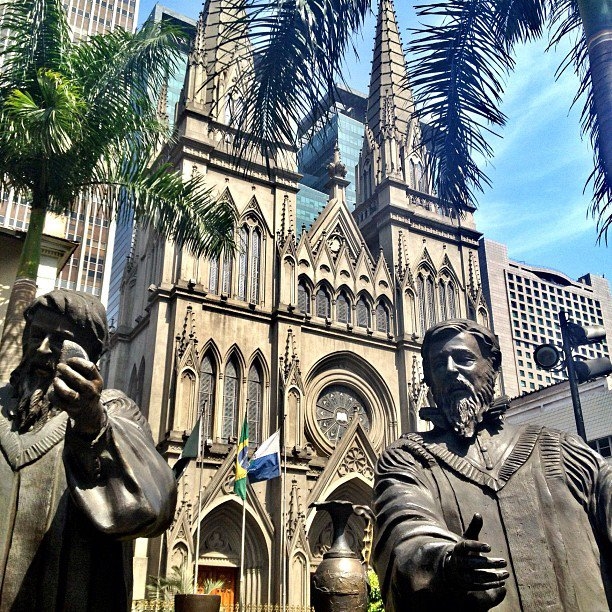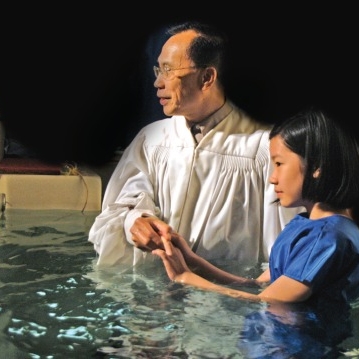"Take and eat; this is my body": An invitation to new life
by Juan Sarmiento
On the third Sunday of March 1557, in the bay of what nine years later would become known as the city of Rio de Janeiro, Dr. Pierre Richier officiated over the first Reformed service of communion on our continent. Richier was one of the two pastors sent by John Calvin to serve a group of 500 French colonists and to share the Christian faith with the Tupi people who inhabited the area.
The events that we meditate upon during Holy Week remind us that through Christ’s life, death and resurrection we are received into communion with God and God’s beloved people. In spite of chronological, geographical and other distances that separate us, each and every one of us is received “on equal footing” at the font and the table. Or, as our Reformed tradition has put it, by “grace alone.”
For all the virtues that the early Reformation movement had, controversies about how the sacraments ought to be understood and practiced became reasons for serious misunderstandings, divisions and violence. Records indicate there were significant hostilities between the settlers and the indigenous people of Brazil. Even as tragic is the fact that only seven months after that first communion in the Americas was held many, including Richier, were expelled from the settlement and had to make their way back to Europe. Among those that remained, Jean du Bourdel, Matthieu Verneuil and Pierre Bourdon were hung based on their supposedly incorrect view of the Lord’s Table. The document they wrote hours before their execution survives in the form of the Guanabara Confession of Faith. Today, 460 years after the first service of communion in the Americas, we also recognize that there is much to learn about the grace, forgiveness and reconciliation that the sacraments express.
Professor Christopher James from University of Dubuque Theological Seminary has highlighted how during the third and early fourth century of the Christian era, churches saw communion as a celebration of a new way of life in Christ. Those that wanted to join were guided through a process of initiation called “Catechumenate,” leading up to baptism and culminating with their first Eucharist. Quoting Hippolytus of Rome (d. 235 AD), James explains how the newcomers were interviewed – along with those who brought them – and about how they displayed a genuine desire to hear and live in accordance with the message of Christ. If received, catechumens would enter a period of instruction with careful attention to their way of relating with the widows and sick in the community as evidence of transformation. “On the weekend leading up to Easter,” says James,“catechumens would bathe, fast and hold vigil in preparation for Baptism and the Eucharist.”
There are significant varieties in how the sacraments as “means of grace” are administered among Christian brothers and sisters in many countries. Amid such diversity I can joyfully affirm that, more than ever before, people around the world are being welcomed to partake in the life that Christ offers and guides his people into. In the font, the breaking of bread and the sharing of cup; the transforming Spirit of God is “really present.” Christ is risen indeed. “It is truly right to offer our thanks and praise” with the Church in every time and place.
Juan Sarmiento
Associate Director for Mission



